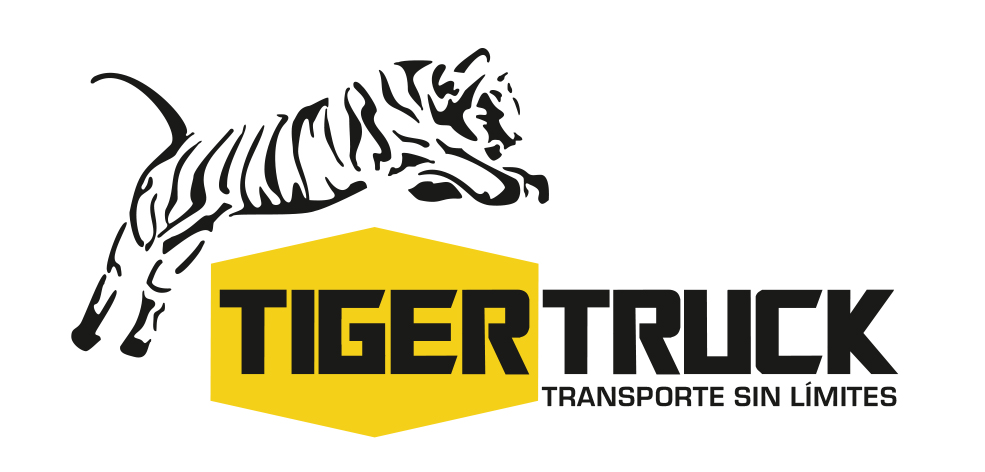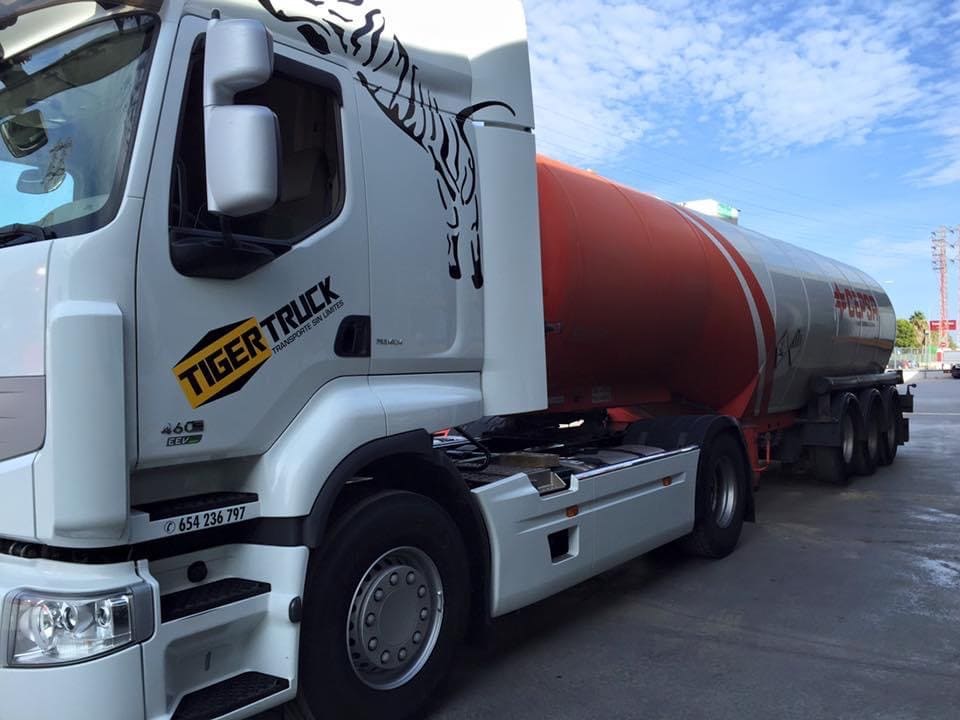In the world of transport, dangerous goods classes of dangerous goods are a major concern for both security and logistics. These goods, which can cause significant damage if not handled properly, are classified according to their specific characteristics and hazards. In this article, we will explore in detail the nine classes of dangerous goods their importance and the necessary precautions for their transportation.
What is considered dangerous goods
Dangerous goods are materials or products that, due to their chemical or physical properties, may pose a risk to health, safety, property or the environment. The classification of these goods is crucial to ensure proper and safe handling, especially during the
transport of dangerous goods by road.
International regulations, such as those of the UN, establish nine main classes of dangerous goods, each with its own characteristics and handling requirements.
Dangerous goods classes
Class 1: Explosives
Explosives are substances or articles that, under certain conditions, can detonate or explode. This class includes ammunition, fireworks and certain chemicals. The transport of explosives requires extreme precautions due to their destructive potential.
Class 2: Gases
Gases can be flammable, non-flammable or toxic. This class ranges from domestic gases such as propane to industrial gases such as chlorine. Gas cylinders should be handled with care to avoid leaks and explosions.
Class 3: Flammable liquids
This class includes liquids that emit flammable vapors at relatively low temperatures, such as gasoline, alcohol and paints. Flammable liquids are common in various industries, making their safe handling essential to prevent fires and explosions.
Class 4: Flammable solids
Flammable solids can burn easily and spread rapidly. They include products such as white phosphorus and certain powdered metals. These materials require storage and transportation under controlled conditions to avoid fires.
Class 5: Oxidizing Substances and Organic Peroxides
Oxidizing substances can cause or intensify a fire by releasing oxygen, while organic peroxides are highly reactive and can decompose explosively. This class includes products such as hydrogen peroxide and ammonium nitrate.
Class 6: Toxic and Infectious Substances
These substances can cause serious damage to human or animal health. Toxic products include pesticides and certain industrial chemicals, while infectious substances include pathogens and medical specimens.
Class 7: Radioactive materials
Radioactive materials emit ionizing radiation and can be extremely hazardous. This class includes uranium, plutonium and certain medical equipment. The transport of radioactive materials requires special containers and strict safety procedures.
Class 8: Corrosive substances
Corrosive substances can destroy living tissue and materials. Common examples include strong acids such as sulfuric acid and bases such as sodium hydroxide. The handling of these substances requires personal protective equipment and resistant packaging.
Class 9: Miscellaneous
This class covers a variety of dangerous goods that do not fit into the other categories, such as magnetic materials, environmentally hazardous products and hazardous wastes. The classification and handling of these products depend on their specific characteristics.
Importance of classification and safe handling
The correct classification and handling of classes of dangerous goods is vital to minimize risks. Freight forwarding agencies play a crucial role in ensuring that these products are handled and transported in accordance with international regulations. The transport of dangerous goods by road, for example, requires meticulous planning and compliance with strict safety regulations.
Knowing and understanding the classes of dangerous goods is essential for any entity involved in the transportation of these materials. From explosives to corrosive substances, each class presents unique challenges that must be managed with care and precision. When working with a specialized freight forwarding agency, you can ensure that the transport of dangerous goods by road and other means is safe and efficient, protecting people, property and the environment.

